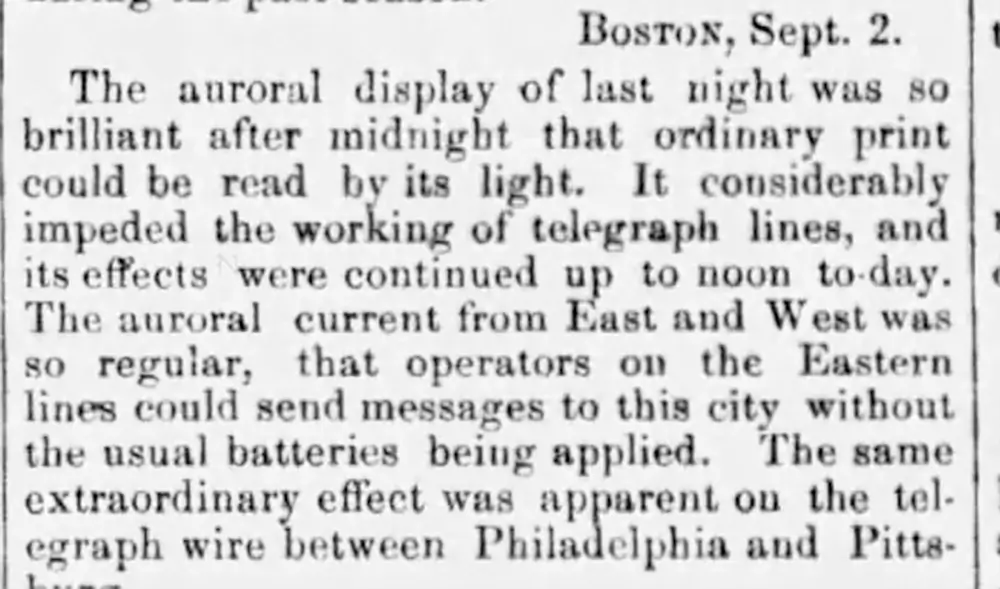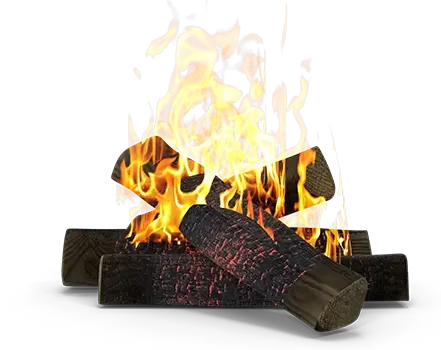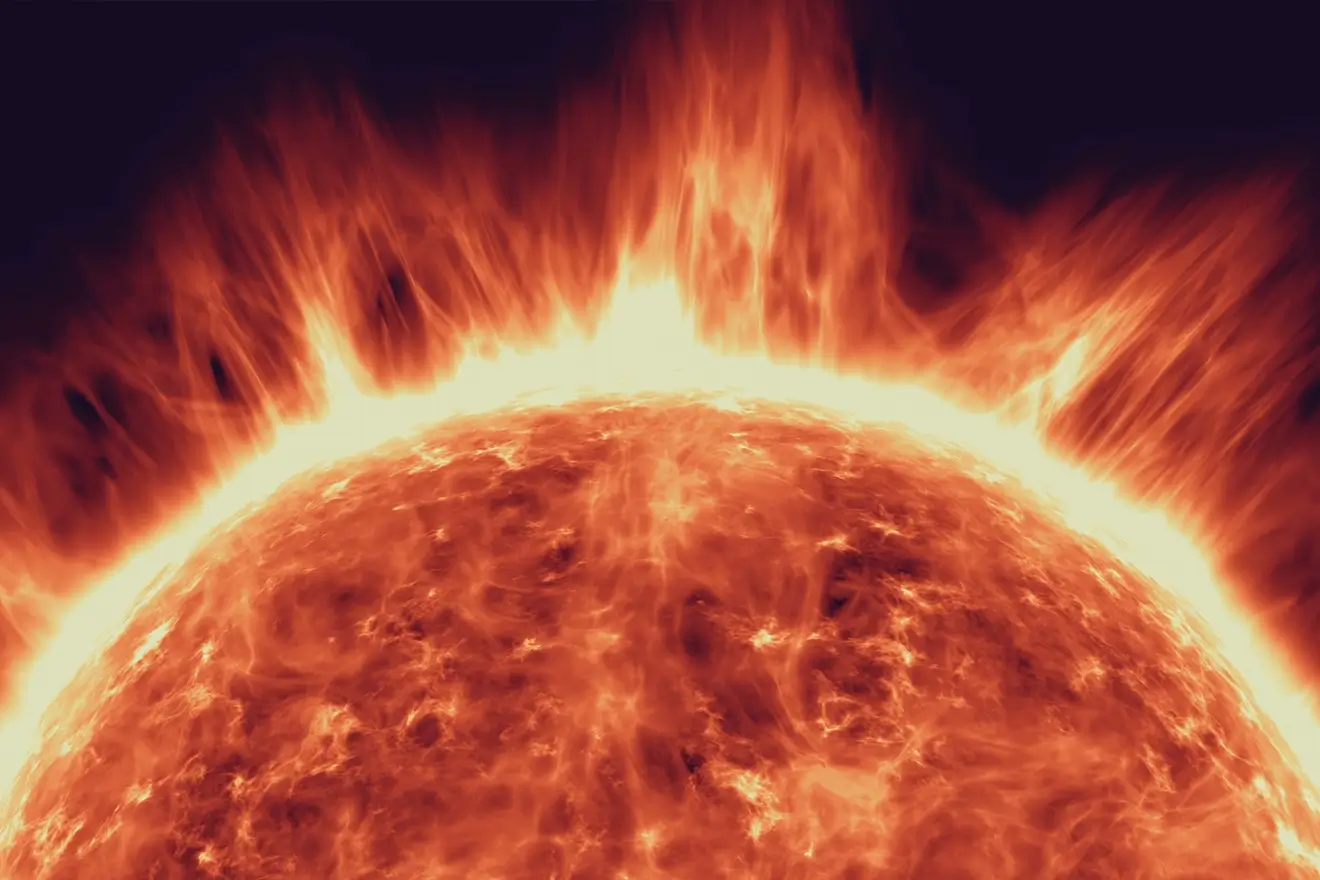What is The Carrington Event?
Back in September 1859, Earth felt the might of a solar storm unmatched in tales of old—the Carrington Event. It got its name from Richard Carrington, an English sky-watcher who first spotted and penned notes on the sun burst at the heart of this uproar. Even now, over 150 years past, that moment stands as clear proof: space weather can strike hard at our world at any point on any day.
With a surge, this solar flare shot out charged bits—a coronal mass ejection (CME)—into the void. They shook up our planet’s magnetic shield and sparked wild geomagnetic storms.
Across lands far and wide came signs of this storm. We are familiar with the Norther Lights which are typically seen near the poles but this event lit skies as far down to Caribbean shores and northern stretches of Africa too.

When this event took place, our planet was not surrounded by satellites or reliant upon a worldwide electrical grid. Almost immediately, the world’s 100,000 miles of telegraph lines fell silent.
Can Another Carrington Event Happen?
Here is the scary truth, it almost already happened. Back in July of 2012, an underreported event took place where Earth had just slipped by a fierce solar storm which roared right past where we drift through space. The “impactor” was an extreme solar storm, the most powerful in as much as 150+ years.
The adverse effects of extreme space weather on modern technology—power grid outages, high-frequency communication blackouts, spacecraft anomalies—are well known and well documented, and the physical processes underlying space weather are also generally well understood. Less well documented and understood, however, are the potential economic and societal impacts of the disruption of critical technological systems by severe space weather.
A similar storm today could have a catastrophic effect. According to a study by the National Academy of Sciences, the total economic impact could exceed $2 trillion or 20 times greater than the costs of a Hurricane Katrina. Multi-ton transformers damaged by such a storm might take years to repair.
Extreme solar storms pose a threat to all forms of high-technology. Crucial preparations must be made should we face a modern version of The Carrington Event. Back in 1859, this incident wrecked the telegraph network; if repeated today, our entire electrical infrastructure could suffer. Should history repeat itself, as it almost already did, we would likely see vast blackouts for an undetermined amount of time.
How much notice might we receive of an impending, society-changing, potentially catastrophic storm? Luckily for us, these days we have plenty of scientists who are fully aware of the potential dangers from our sun and they’re constantly monitoring. NASA heliophysicists have created a system called DAGGER, but it could only give us an estimated 30 minutes’ warning of an approaching storm.
We now have the sun under constant observation from Earth and satellites. But when the sun releases a CME, it’s difficult to work out exactly how much material will hit us. Put simply, we don’t know which ones are the dangerous ones and alerting the entire planet in time will be tough—especially if anything electrical suffers.
While remaining hopeful and optimistic for our future, we should all realize just how vulnerable we are to constant threats of space weather. Looking at the near miss that happened as recent as 2012, it’s a good brain exercise to think about, what if we actually got hit? What if all of our modern conveniences were rendered useless. What happens without GPS?
Hope only gets us so far. Take a good hard look at your current preparation plan and factor in the considerations of such a catastrophic event. Something like this could happen at any moment and it is reasons like this as to why we prepare.







